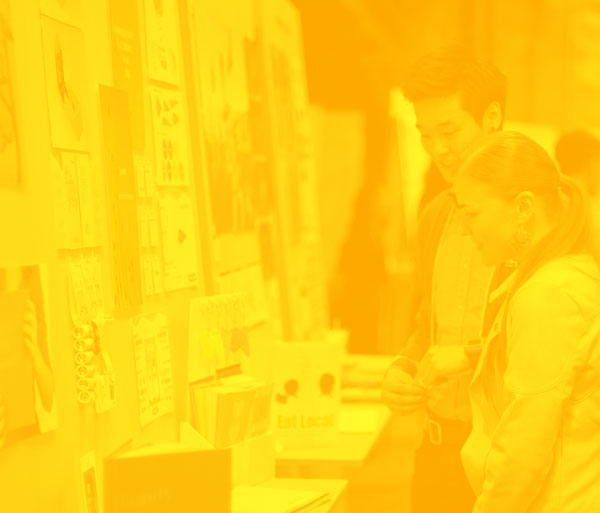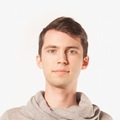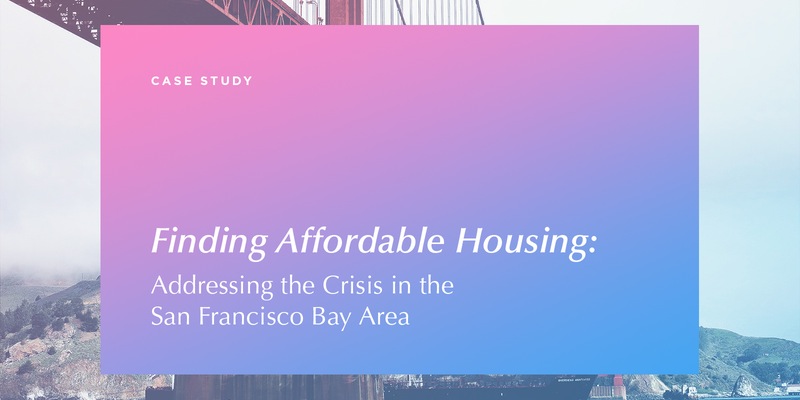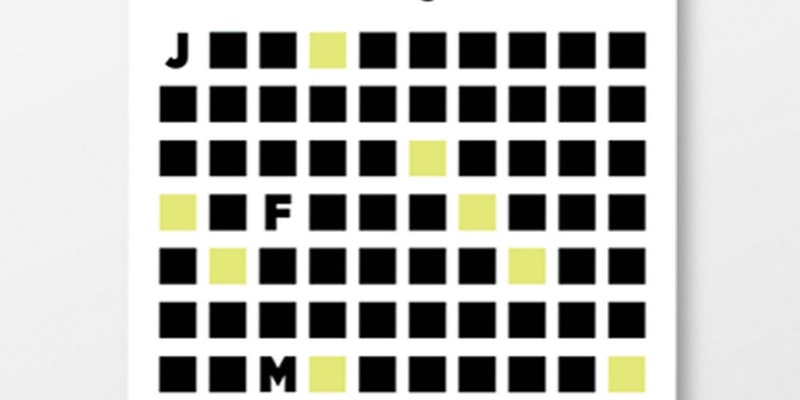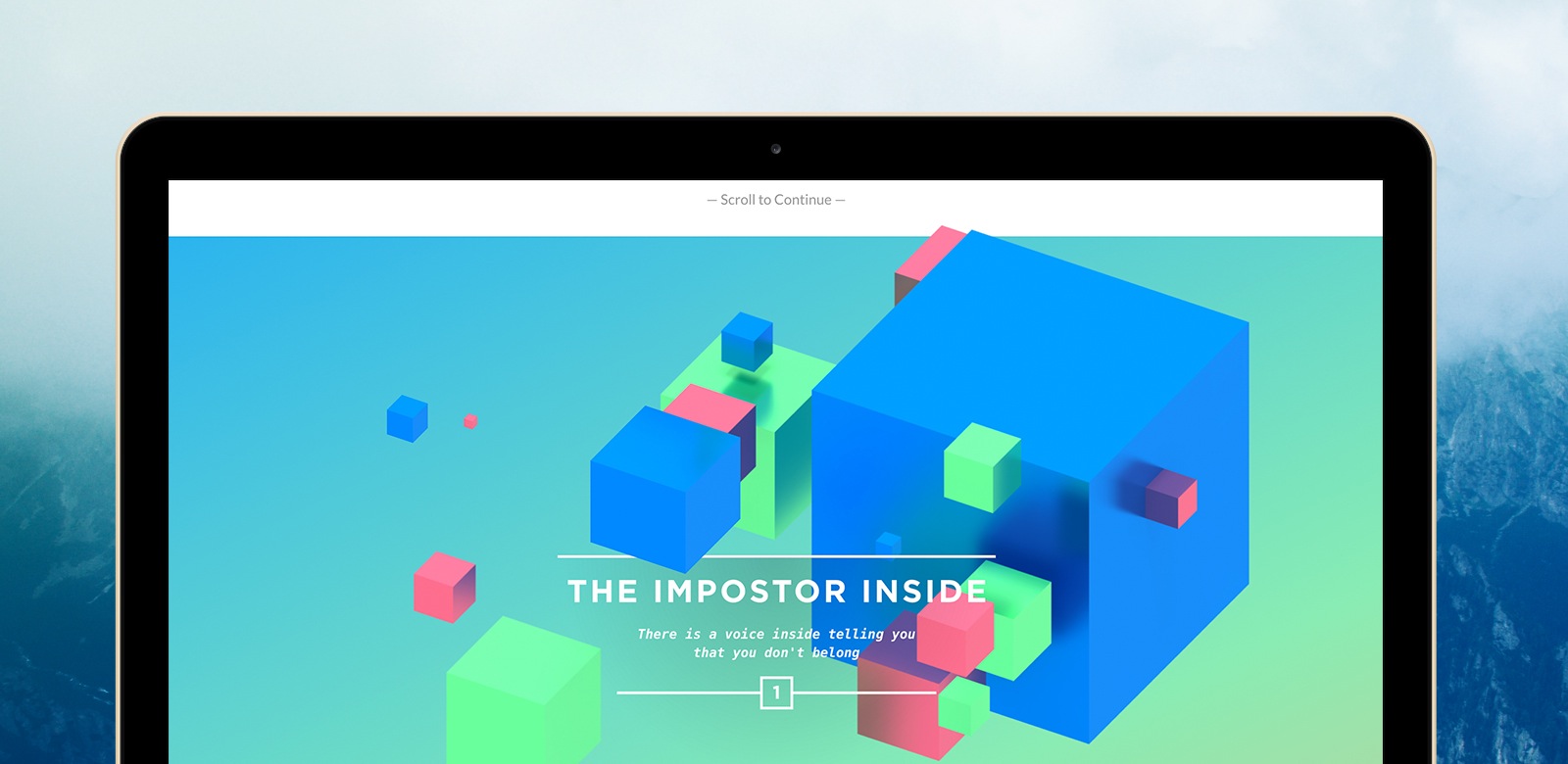
Learning to Make
This is a project about discovery, identifying weakness, and finding strength. A two part project: one part illustration, one part narrative. It was born out of a desire to make without a problem, to make for the sake of making. The illustrations began by exploring the ideas of lost worlds and alternate realities but as the project continued it began to gradually in change form.
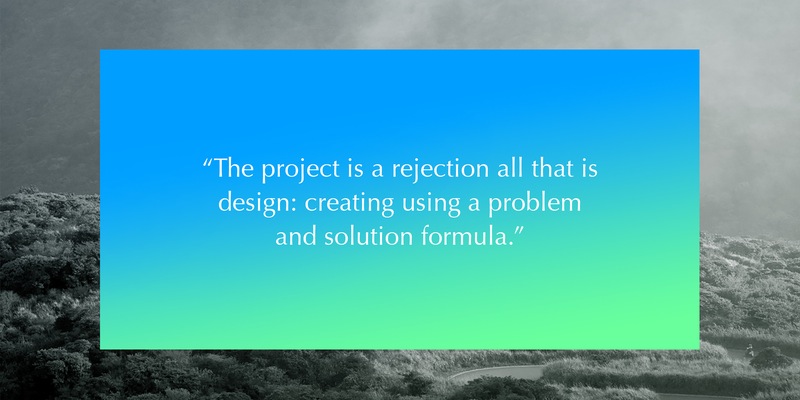
The idea of making without a goal or problem in mind was both terrifying and liberating. Designers are used to the idea of making from a brief or a set of instructions, or finding a solution to a problem. Here I sought to explore the scope of possibilities outside the prototypical design process. The project is a rejection all that is design: creating using a problem and solution formula. It is a dive into the concept of design as making, creating to discover about the world and one’s self.
Perhaps saying that the project doesn’t deal with a problem is misleading. It would be more correct to say that the problem is the process in which making powers discoveries through research. It is easy to become complacent when designing from project briefs, and it is easy to lose some of the imagination and pure creation that one starts out with in design when following this process. Exploring showed how to research and design by
Visual Research
Sketching came first in the form of simple geometric illustrations. There was an idea of geometric shapes and forms right from the beginning. The direction pursued was one of exploring an unknown world, of teleportation and telepresence.
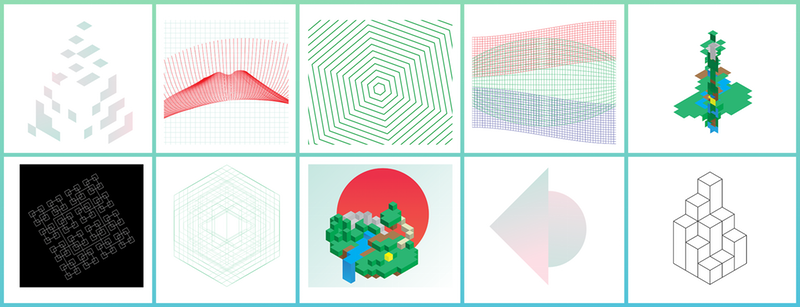
This idea manifested itself in the work through form, layering and artistic direction. Rather than focus on designing to these ideas, they simply existed as a springboard into a deep process of making.
Creating a Process
I began exploring various 3D softwares. I stumbled upon a delightful voxel design program called MagicaVoxel (a voxel is the 3D equivalent of a 2D pixel.) It was a simple, very lightweight program that allowed quick prototyping of ideas, with rather straightforward rendering tools.
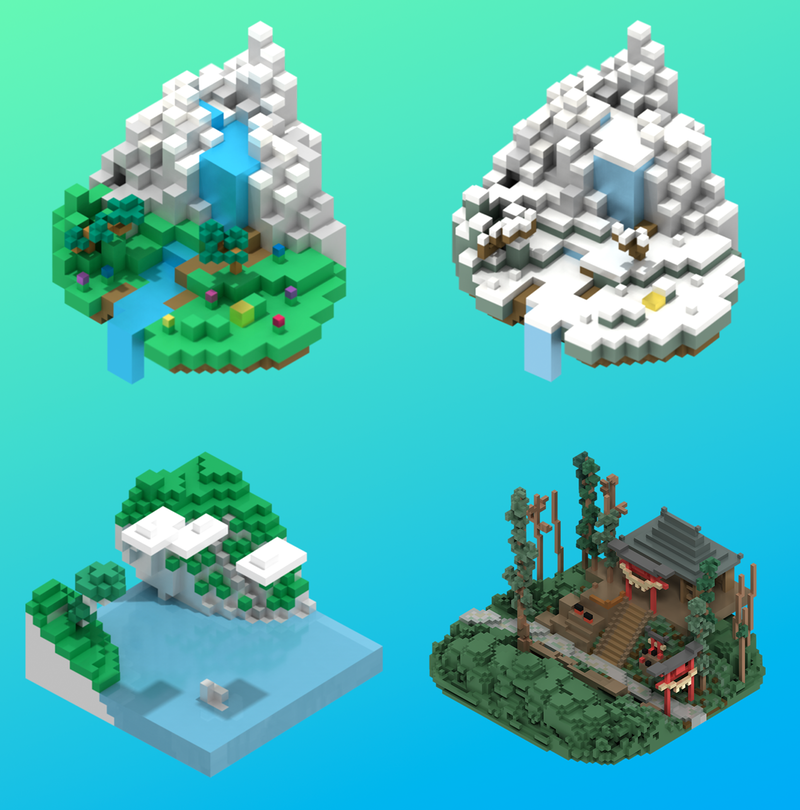
The process of designing work was a form of visual research for me. By first creating, then observing work out in the world and then reflecting and creating again I could see a shift in the voice of the work I created. This was a strange but exciting feeling to me as I had not worked in this fashion intensely before, discovering new ideas by creating rather than doing formal research.
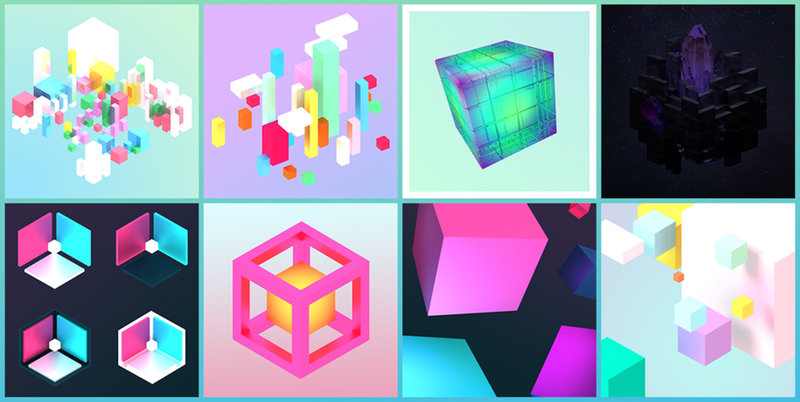
I quickly desired more depth in my 3D software so I explored Blender and Maya. I spent a large amount of time working on learning the new workflows of these platforms, but noticed that the quality of the work I produced week to week was less. I was spending less time on finding exciting compositions and interactions and more on developing new techniques and learning how to do more complex rendering. While this in itself is not a bad thing, because of the short nature of the project I decided to go back to the simpler software I worked with to continue to develop my ideas.
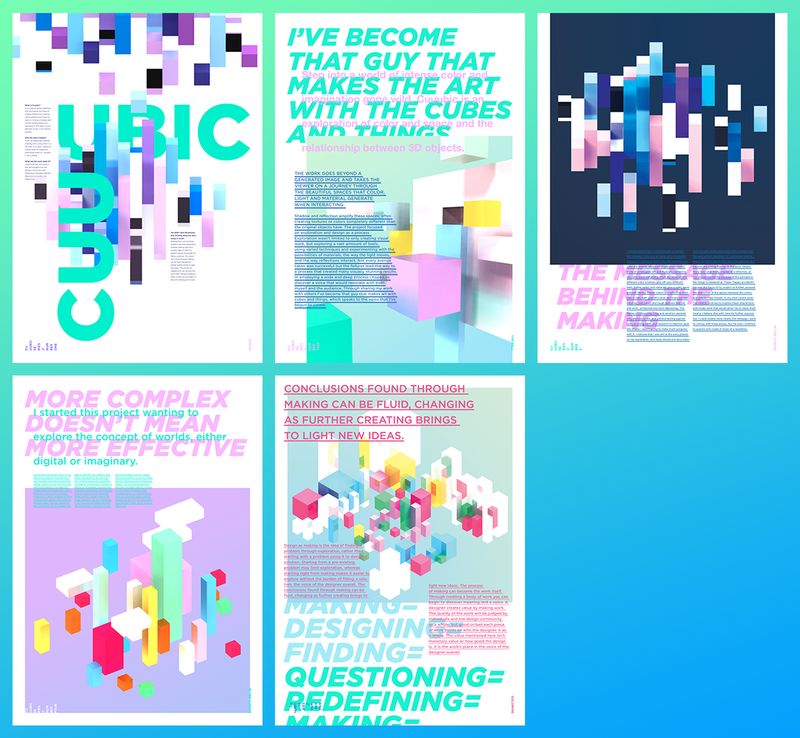
To summate the results of my making and research so far I created a series of five posters. The posters address the topics of intention, message, complexity and fluidity. They include narrative that discuss results and act as visual process, exposing a landmark in my research.
One of the themes that came up during this process of summation and evaluation of work completed was the cyclical nature of the making process. Exploration and research lead to making, which lead to new inspiration, which in turn lead to more exploration and research to find how to make the next desired piece, and so forth. While this is true of many processes it seemed to occur very rapidly while making in this manner.
Taking a Step Back
Beginning from the second half of the project, while making continued as in the first half, I began to explore writing as another way to challenge weakness. Writing is an important aspect of design that is often overlooked and one that I personally struggle with. By diving into writing different aspects of making could be addressed. Language, personal versus impersonal writing, pacing and sentence structure are similar to the tools used in production design, akin to the pen tool, the type tool, rulers, guides and shapes. By seeing writing beyond just words it reveals itself as another form of
I decided to make a mini-site with a collection of four stories reflecting on things I had learned during my time in and out of school over the past four years. By drawing from my own experience I’m able to write about topics that I care about, but attempt to universalize them so that they are applicable to many other designers that may read the stories. The stories included:
1 – The Impostor Inside
Identifying impostor syndrome and understanding your value
2 – Break the Cycle
Living with depression and dealing with it’s effects on your creative process
3 – Make! Make! Make!
Why finding a balance between collecting knowledge and making is important
4 – Kill Your Idols
There is no such thing as a design superstar, just those with more experience, and those that put the work in
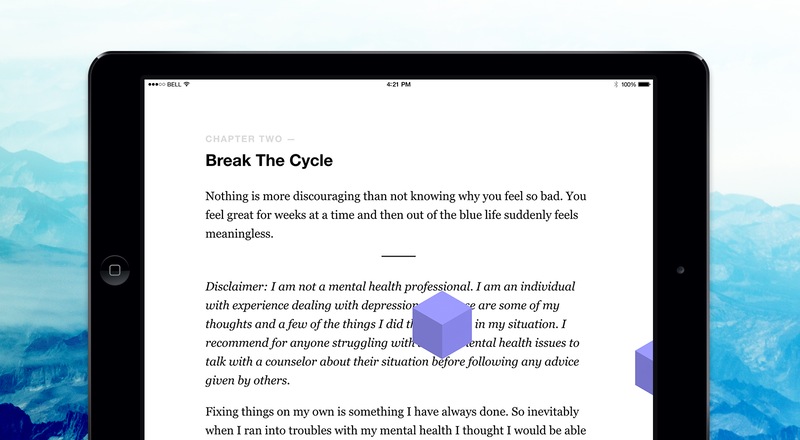
Making By Reflecting
The writing began as a mostly self-reflective process, but I learned through the process that simply reading someone else’s reflections does not drive a desire for change, or help the reader to feel the impact of the writing. As I wrote and rewrote my stories I attempted to lead into less personal rhetoric as the story progressed to help universalize the problem being discussed. The goal was not to tell others how I dealt with impostor syndrome or worked through my depression, but rather to inspire others who may be dealing with or know others dealing with the same situations, and maybe learn some steps to take to help climb out of these situations.
Closing Thoughts
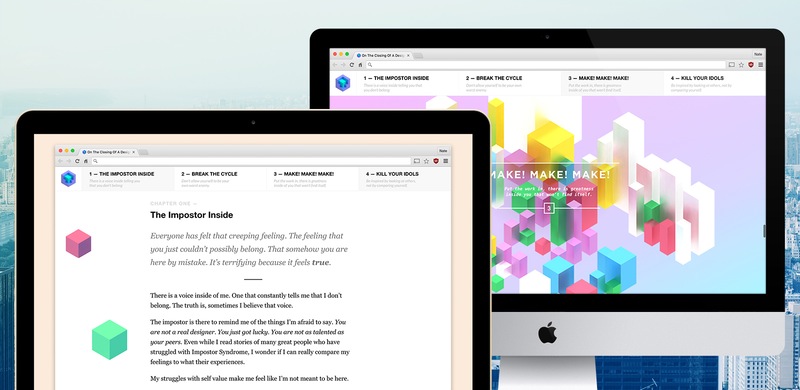
The project was designed explore the process of making. Whether making through writing, illustration, traditional communication design or web development the experience of working through an alternate making process teaches much about the way designers often limit themselves into a standardized workflow. By moving beyond that workflow and making in different ways new solutions can be found. The project was an enlightening one, and I hope to expand upon the research done during this process in the future.
The final site can be experienced through the link below.
